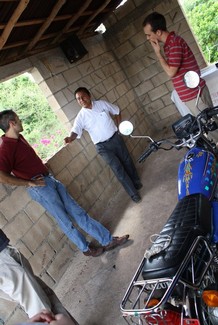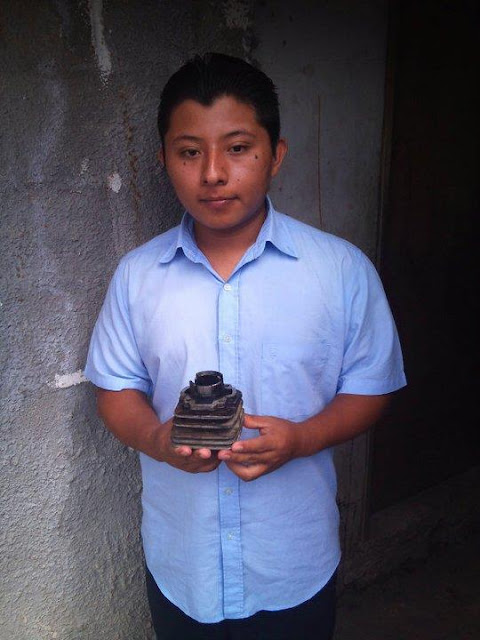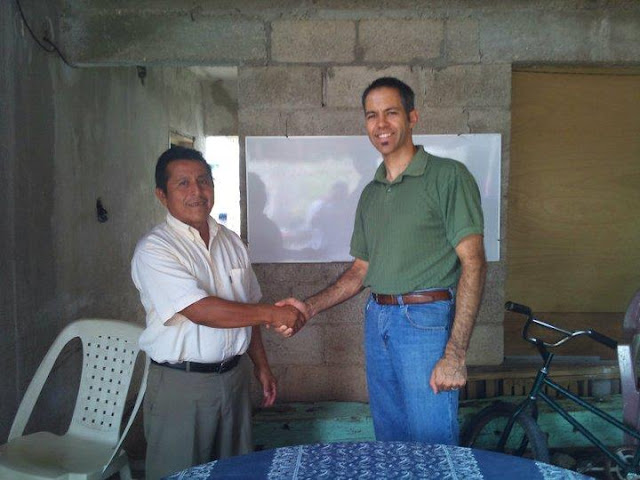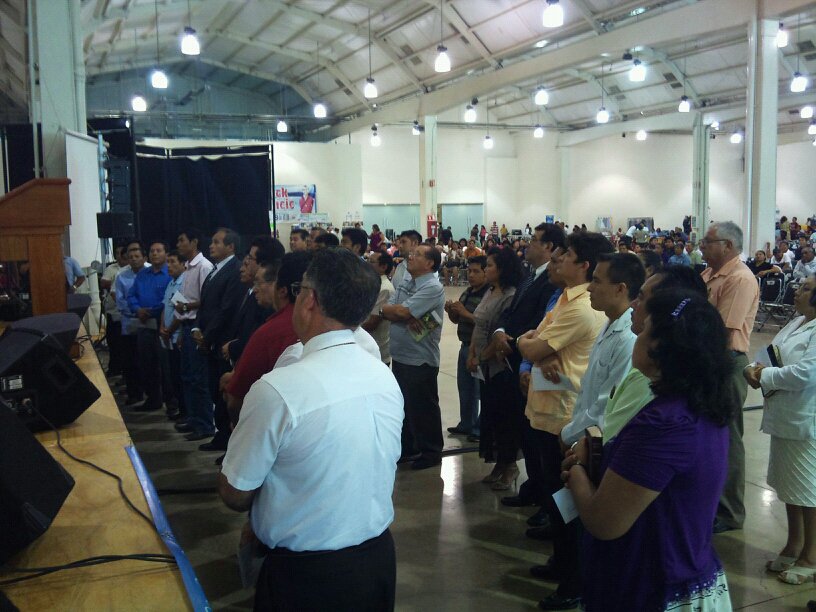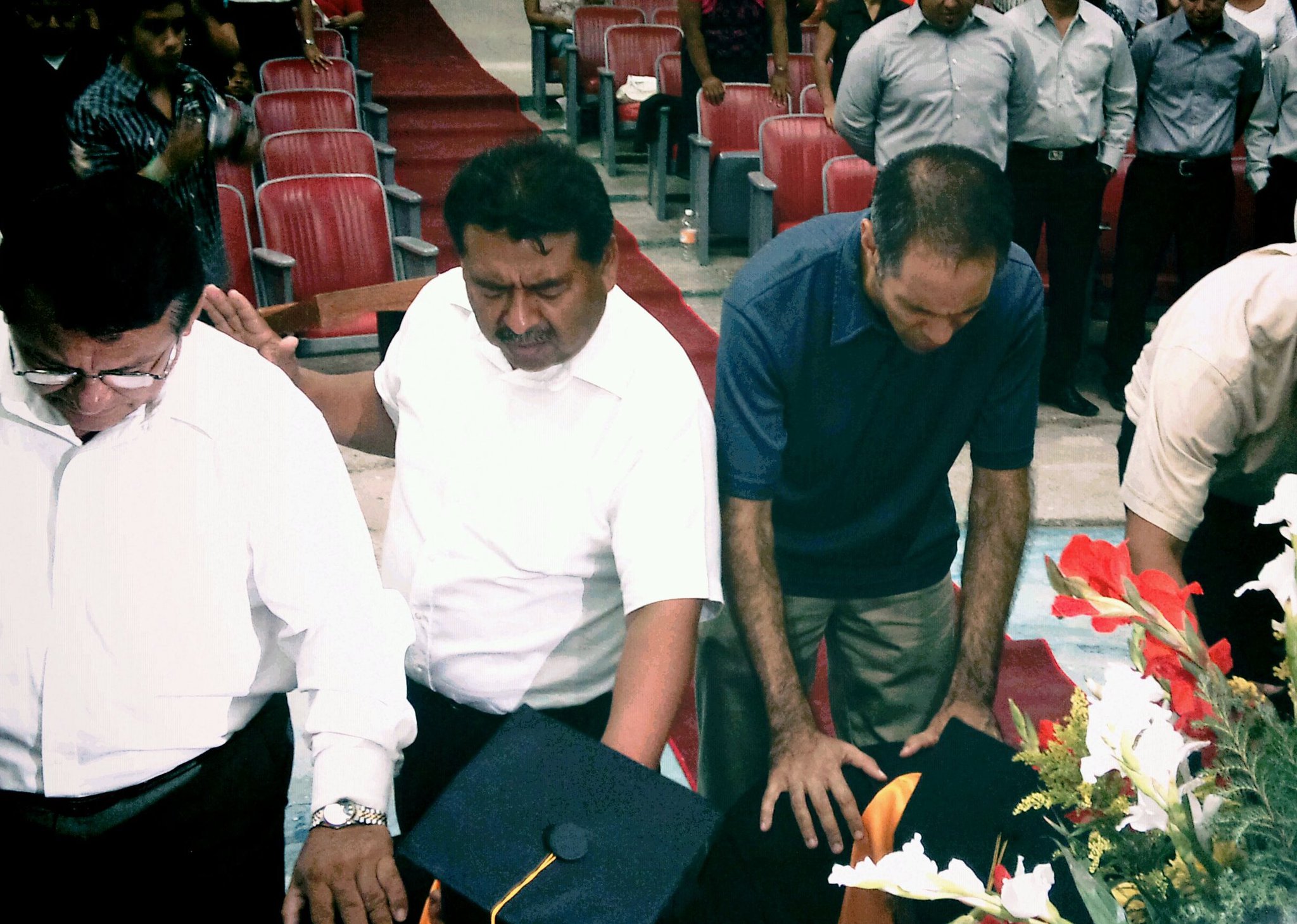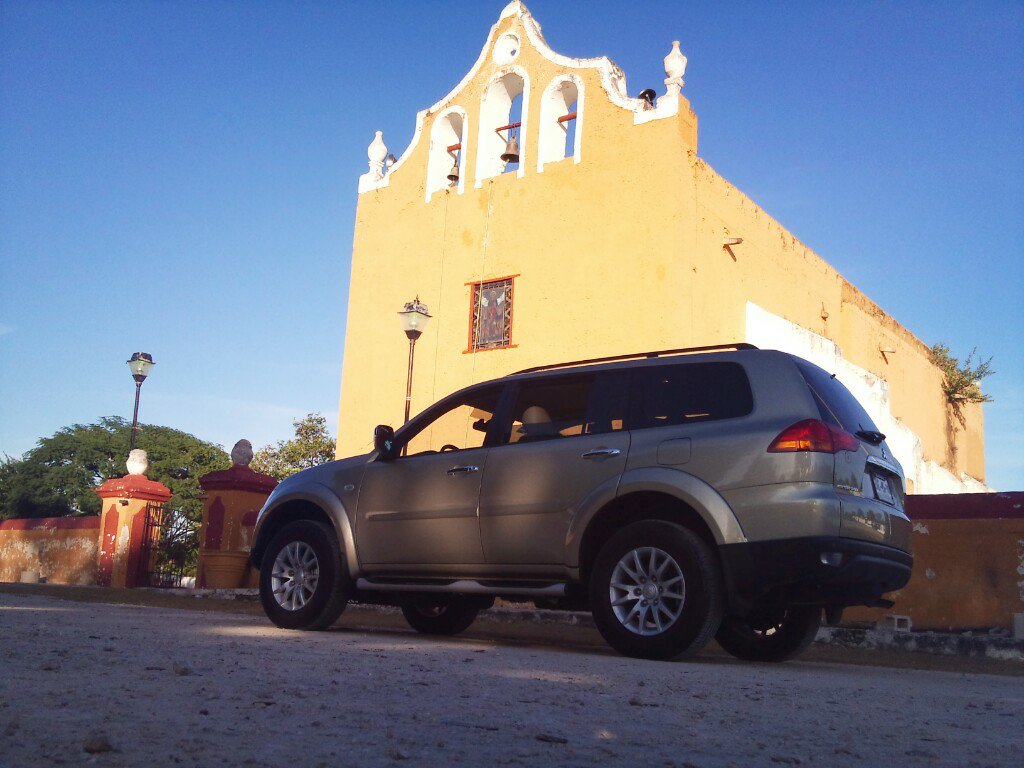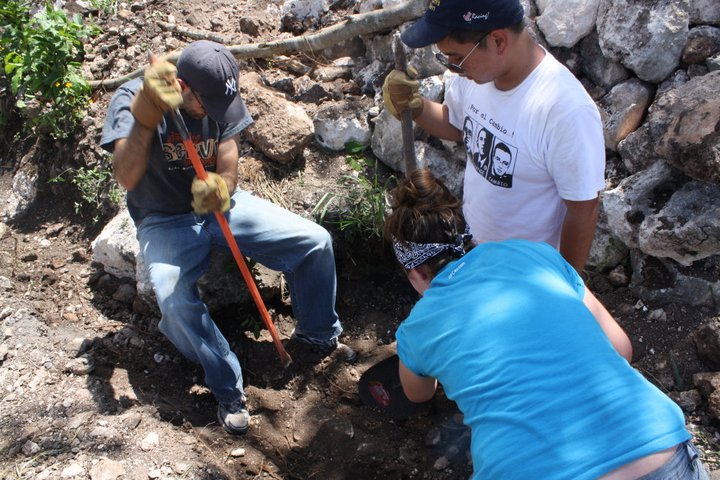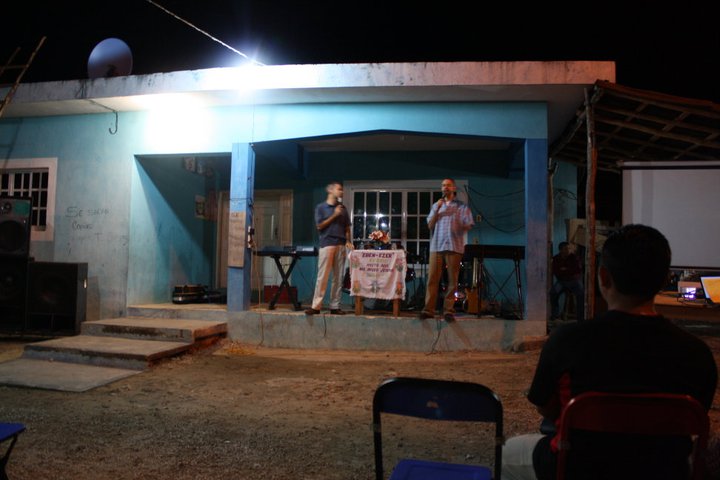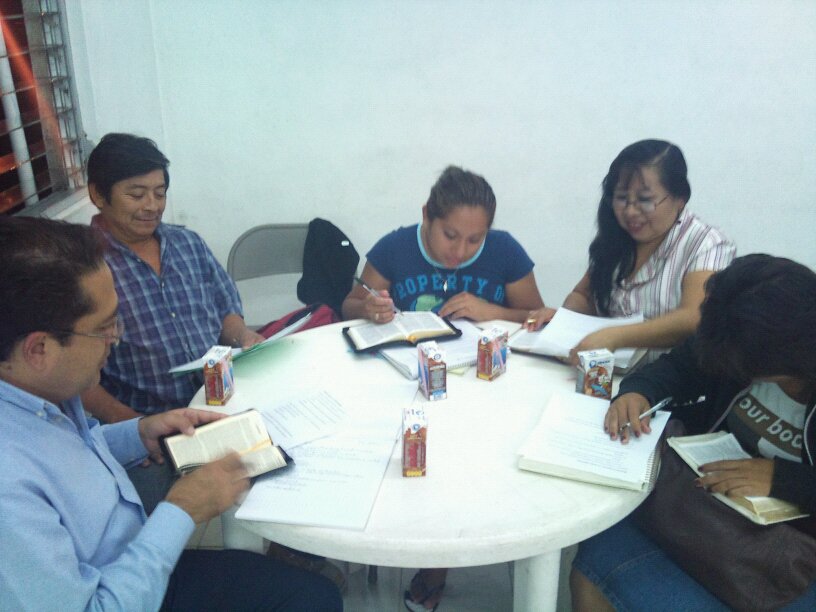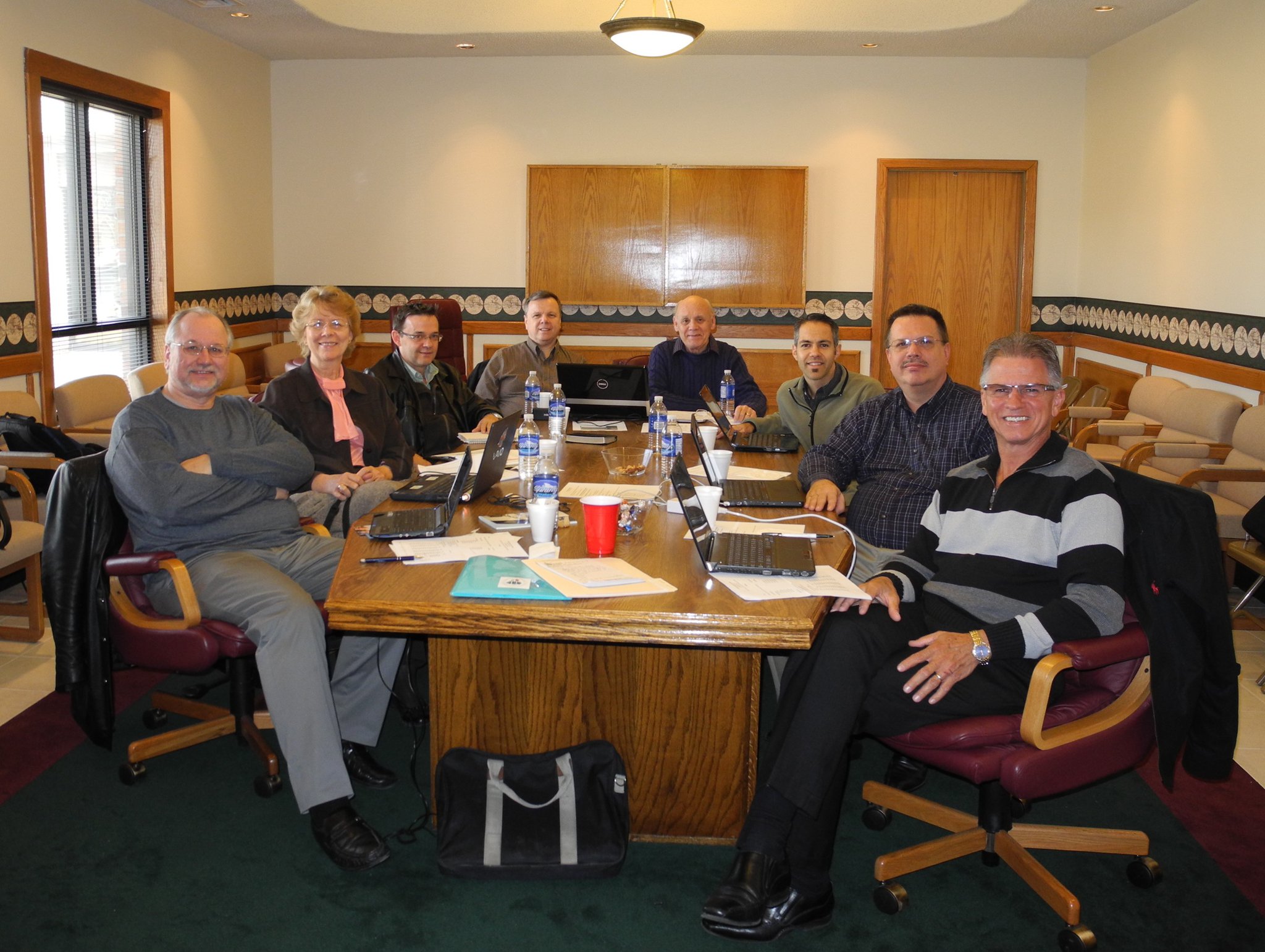In 2008, then Bible School Director Silverio Blanco and I met to talk about ways in which we could work together to update the facilities of Instituto Bíblico, Bethel. Since that time, we’ve invited others to join with us to make the vision that we put down on paper a reality. Finally, that vision is coming to fruition.
This Spring, construction began on a new building for Bethel. This will hold a cafeteria, a library, and a multipurpose room that can be used as an additional, much needed, classroom. This month, Sparrow Fellowship from Waterford, PA, was our first team to lend a hand in construction. They worked for a week, not only laying a foundation and building walls, but more importantly investing in the mission of raising up new leaders for the work here in the Yucatan.
Take a look at the pictures below for some of the week’s action:
“From June 11-18, 2011, Sparrow Fellowship came to Merida to help in the construction at Bethel Bible Institute.”
From Sparrow Fellowship Team. Posted by David Godzwa on 6/24/2011 (9 items)
- The team (from left to right) Joel Brennan, Bruce Kunkle, Seth Crowell, and Scott Cro…
- Bruce and Joel talking about the finer points of mixing cement.
- Version two of their mortar box. This was eventually abandoned to mix Mexican style, …
- Seth and Joel blocking the wall
- Joel going vertical!
- Bruce and Scott putting the finishing touches on the east wall.
- Isaias, the master mason, pouring the supports.
- The team photo in front of the finished job. (From left to right) Isaias, Joel, Scott…
- Pastor Scott, preaching at Sendero de la Cruz
Generated by Facebook Photo Fetcher 2










